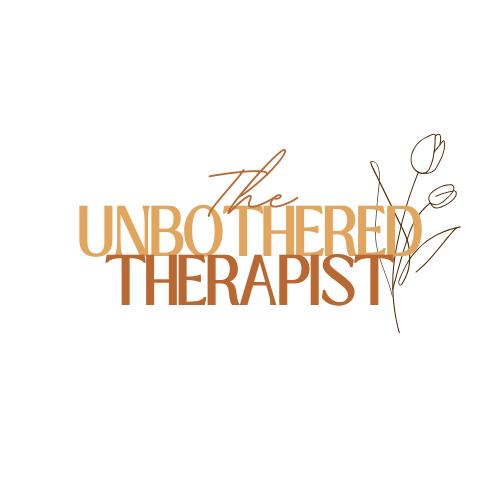What Does Strength Look Like When You’re Healing?
Reclaiming power through body autonomy, pacing, and rest.
Strength doesn’t always look like pushing through.
For many of us navigating trauma, estrangement, identity shifts, or burnout, real strength is quieter. Softer. Slower.
It might look like saying no without guilt.
It sounds like choosing rest instead of overperforming.
It feels like coming back to your body — one breath, one boundary at a time.
Rethinking Strength: A Trauma-Informed Perspective
Mainstream wellness often paints strength as hustle, endurance, or hyper-productivity. But for BIPOC, LGBTQIA+, and women-identifying folks, those messages can reinforce the very systems we’re trying to heal from.
What if strength isn’t about holding it all together?
What if it’s about letting go — safely, intentionally, and on your terms?
"When you’ve spent years surviving, choosing slowness is revolutionary."
– The Unbothered Therapist
Strength as Body Autonomy
Your body holds stories — of survival, of silence, of carrying more than you should have ever had to.
Healing strength looks like:
Honoring your body’s limits without shame
Practicing movement that centers choice, not punishment
Listening to what feels safe, not what looks impressive
Body autonomy is sacred. It’s how we begin to trust our own cues again, especially after trauma has taught us to disconnect.
Strength as Pacing, Not Perfection
Healing isn’t linear — and neither is strength.
Some days you’ll stretch. Some days you’ll rest. Some days you’ll just exist.
And that’s enough.
Try asking:
What pace feels sustainable today?
Where can I slow down — not because I’m weak, but because I’m wise?
How can I redefine “progress” to include rest, joy, or even stillness?
Rest Is Resistance
Choosing rest in a grind-centered world is one of the most powerful, unbothered acts you can make.
For our community, rest is not just self-care — it’s survival. It’s protest. It’s ours.
Whether it’s a nap, a breath, or turning off notifications — resting is a radical reclamation of your body, your time, and your nervous system.
One of the most common barriers I see in my work with high‑capacity women of color and LGBTQIA+ clients is the subtle but persistent guilt around putting yourself first. A recent article by Katrina Wilkes, LCSW titled “You Can’t Pour From Empty — Why Prioritizing Yourself Is Not Selfish” explores this beautifully.
She writes:
“You have been the strong one for so long, but strength built on silence and sacrifice is exhausting.”
Her insight echoes what many of you feel in your bodies—your shoulders carry the weight of others’ expectations long after you’ve stopped acknowledging it.
In my own lens of trauma‑informed healing, I take her work a step further by asking: What happens when your nervous system is approved but still braced?
Her commentary gives us language. What I offer is the body‑based path: the soft yes, the needed rest, the movement that doesn’t punish.
Gentle Practices to Reclaim Your Strength
Here are 3 ways to begin:
Unbothered Movement
Explore movement that feels good in your body. That honors your pace and asks for nothing more than presence. (Try gentle resistance band work or intuitive stretching.)Daily Regulation Check-In
Ask yourself: Do I feel safe in my body today?
Then, respond with compassion — not correction.Write a “Strength Redefined” List
Include non-traditional ways you’ve shown up for yourself lately: saying no, asking for help, journaling, or staying in bed.
Final Thought: You Are Already Strong
If you’ve survived, adapted, and kept showing up in a world that wasn’t built with your body, your story, or your identity in mind — that’s strength.
But now, you get to define what strength looks like for this next chapter.
And maybe — just maybe — it looks a little more unbothered.
✍🏾 Continue the Conversation
Want more trauma-informed reflections, movement practices, and resources for healing on your terms?
💌 Sign up for Notes from the Unbothered Therapist — a monthly newsletter for BIPOC, LGBTQIA+, and women reclaiming rest, identity, and nervous system peace.
📣 Share your thoughts or tag @theunbotheredtherapist on Instagram to keep the conversation going.


